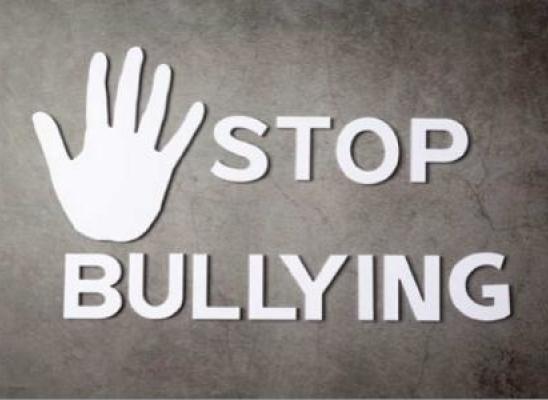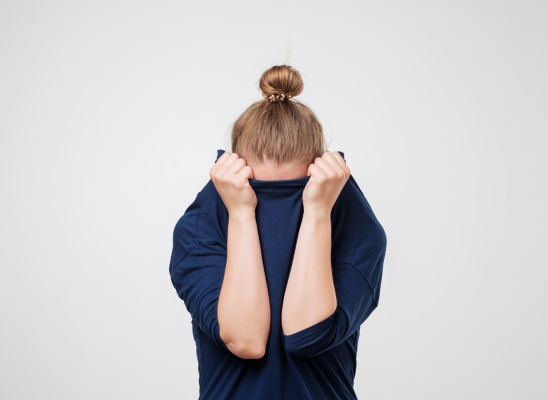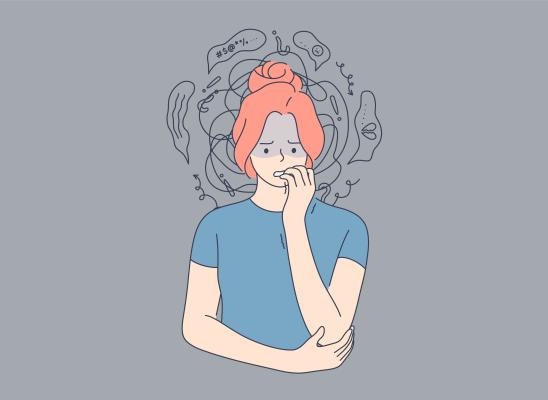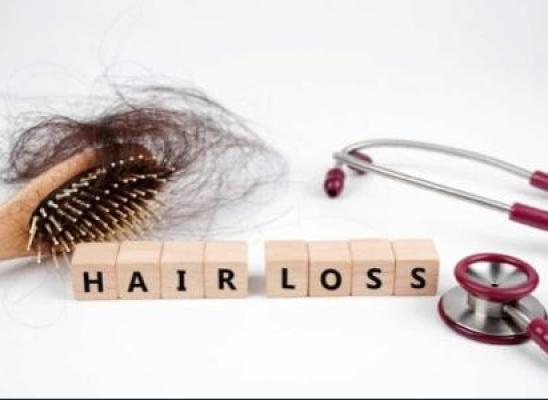The Voice of Experience: What It’s Like Living with Skin Picking
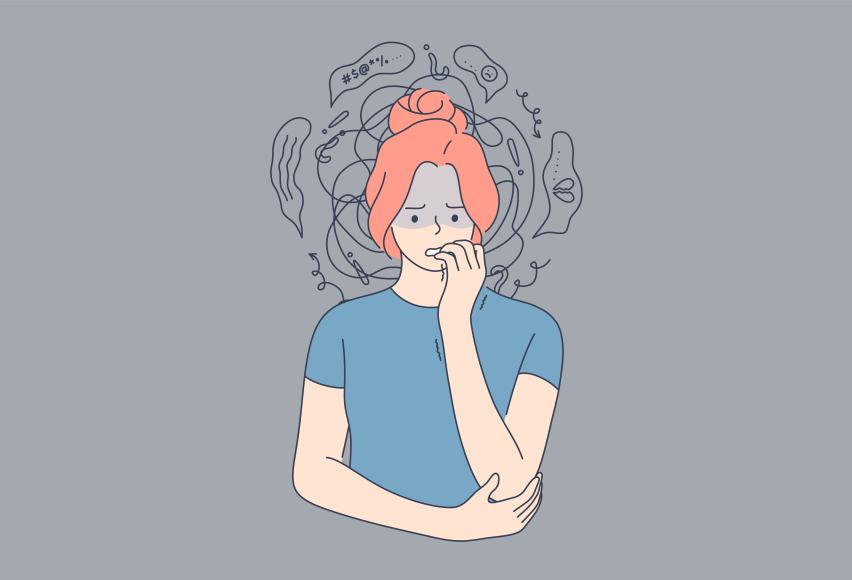
Online test
Find out the severity of your symptoms with this free online test
Until you’ve experienced something firsthand, you can’t really fully understand it. You can learn about it. You can talk about it. You can even speculate how someone might feel or act or think about it. Skin picking is no different.
Skin picking, also known as dermatillomania, is a body-focused repetitive disorder (BFRB) characterized by excessive picking of the skin that results in skin damage. It is classified as an obsessive-compulsive related disorder. The skin damage can range from mild abrasions to deep wounds resulting in skin infections and scarring. Beyond the skin damage, skin picking disorder has a significant impact on a person’s emotional health and ability to function, often resulting in isolation and missing important events.
Skin picking, like other BFRBs, is highly heterogenous meaning that there is quite a variation in how people experience it. For example, one person may pick with intention, examining every detail of their skin. Another person may pick without even thinking about it, as if they’re in a trance. They may spend inordinate amounts of time attempting to conceal the damage to their skin. But these are just topics. People living with skin picking are the true experts here. What’s their experience of skin picking like?
How It Started
While skin picking can occur at any age, the most common onset is in childhood into the teen years. Many describe the start as picking at some type of skin blemishes like an acne spot or flaking skin.
In a recent article, one person described how as a child, she just couldn’t leave a blemish alone to heal on its own. She had to “hack away at it” until it was removed. While the gratification was immediate, it was quickly replaced by feelings of shame and dread as to how she would cover the wound that remained. Over time, the picking behavior continued, and she found herself “scanning” her skin for imperfections.
Others echo similar early experiences. Childhood acne seems to be an early trigger for many. Over time, the need to “scan” for blemishes and correct imperfections is a common theme.
Why Can’t You Just Stop?
This question in some form or another seems to be a recurring theme in the lives of those living with skin picking. Whether they’re asking themselves that question or responding to the sometimes unkind comments from others, the why is always front and center.
The assumption by many is that skin picking is a habit. Skin picking isn’t “just a bad habit” or simply a choice. It is a body-focused repetitive disorder that is characterized by repetitive skin picking. It isn’t logical. The picking is often to remove or “correct” some perceived imperfection. But, when you pick at it, the skin is left weeping and wounded.
The why isn’t clear. The fact is, people associate their picking with any number of reasons – boredom, anxiety, stress out, happily excited, or depression. These aren’t causes per se, but these experiences can exacerbate picking. Most often done in private, the act of picking is often described as trance-like, and an escape from whatever unpleasant feelings they’re experiencing.
Shame and Isolation
Along with the visible wounds, shame and isolation are constant companions. Many describe the desire to stop picking and the shame and self-loathing that results when they are unable to do so. The emotional toll is significant.
With the wounding comes the fear of others seeing what’s happened. Those who have shared their experiences with picking describe the isolation that results from their picking. When self-esteem is low, it’s hard to face the world and the judgments of others. Hiding from the world is a phrase used often.
One person described the picking as in some ways holding the power over when and how she could engage with the world. It’s not uncommon to cancel or avoid social engagements and family events or plan them well in advance in hopes of abstaining until then. But, hiding away isn’t always possible.
The Art of Concealment
Aside from the emotional toll that skin picking takes, those living with the disorder also deal with the physical manifestations of the disorder. Visible skin lesions, skin infections, and scarring are the result of repetitive picking.
Concealing the damage from picking takes on special significance when you have to be in public. Many people rely on various types of makeup and concealers to mask the damage. It can take inordinate amounts of time to get the “look” just right and for some, they hadn’t ventured out without makeup in years.
What Helps?
There seems to be no one thing that is the perfect deterrent to picking. Rather, a combination of strategies seems to be most helpful.
Therapy - For some, therapy is a game changer. Most often recommended is a comprehensive BFRB-focused therapeutic approach that addresses all aspects of the disorder. Habit Reversal Training (HRT) and cognitive behavioral therapies have shown to be particularly effective in managing picking symptoms.
Despite its growing acceptance, there is some stigma that surrounds seeking therapy. The good news is that there are more ways than ever to seek help and communities of support, both in-person and online.
Other coping strategies mentioned include:
Good skin care - Keeping skin clean and moisturized seems to help alleviate the sensations that can trigger picking. Most people mentioned some form of skin care that seemed to help.
In a recent YouTube video, the presenter, who herself lives with skin picking, shared her best tips for dealing with picking:
- Keeping nails manicured (some recommend acrylic nails)
- Hiding the “tools” she might use. Having to take the time to go and retrieve them gives her time to stop and think about what she’s about to do.
- Fidgets and keeping her hands busy. She shared that she peels acrylic paint pallettes, and it seems to satisfy her need to pick. Similar strategies were also mentioned by several people who shared their experiences with her.
Finding a supportive community. Support is key and can be safe place to talk about your experience.
The Takeaway
Knowing that there is someone who understands brings comfort and hope. Understanding their experiences lets us know we are not alone. If you are living with skin picking, you are not alone. There is community. There is help. There is hope.
References
1. Oates, R. (2021, October 6). Skin Picking Disorder [Video]. Retrieved from https://www.youtube.com/watch?v=i9UiiZx5sKU
2. Imran, R. (2021, April 16). “I’ve suffered from dermatillomania for over a decade – here’s how I’m working to overcome it”. Retrieved from https://www.stylist.co.uk/beauty/skincare/dermatillomania-skin-picking/506422
3. Skin talk: Blog: Picking me Foundation NFP. (2018, July 23).
Retrieved from https://pickingme.org/blog/blog.html/article/2018/07/23/trying-my-experience-with-skin-picking
4. Sedghi, A. (2019, February 6). Dermatillomania: Meet the people who can’t stop skin picking. Retrieved from https://www.theguardian.com/lifeandstyle/2019/feb/04/dermatillomania-meet-the-people-who-cant-stop-skin-picking
Online test
Find out the severity of your symptoms with this free online test
Start your journey with SkinPick
Take control of your life and find freedom from skin picking through professional therapy and evidence-based behavioral techniques.
Start Now
